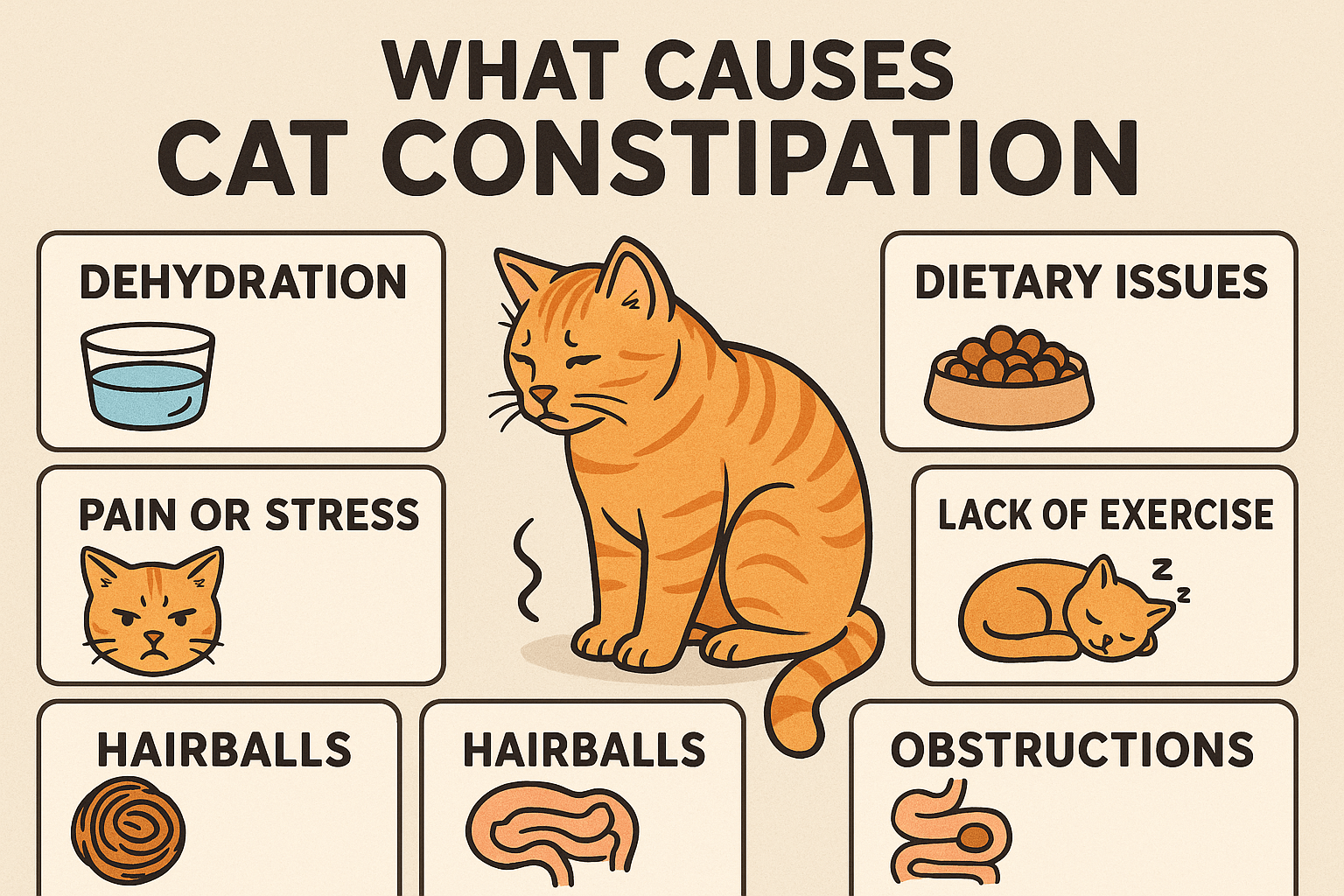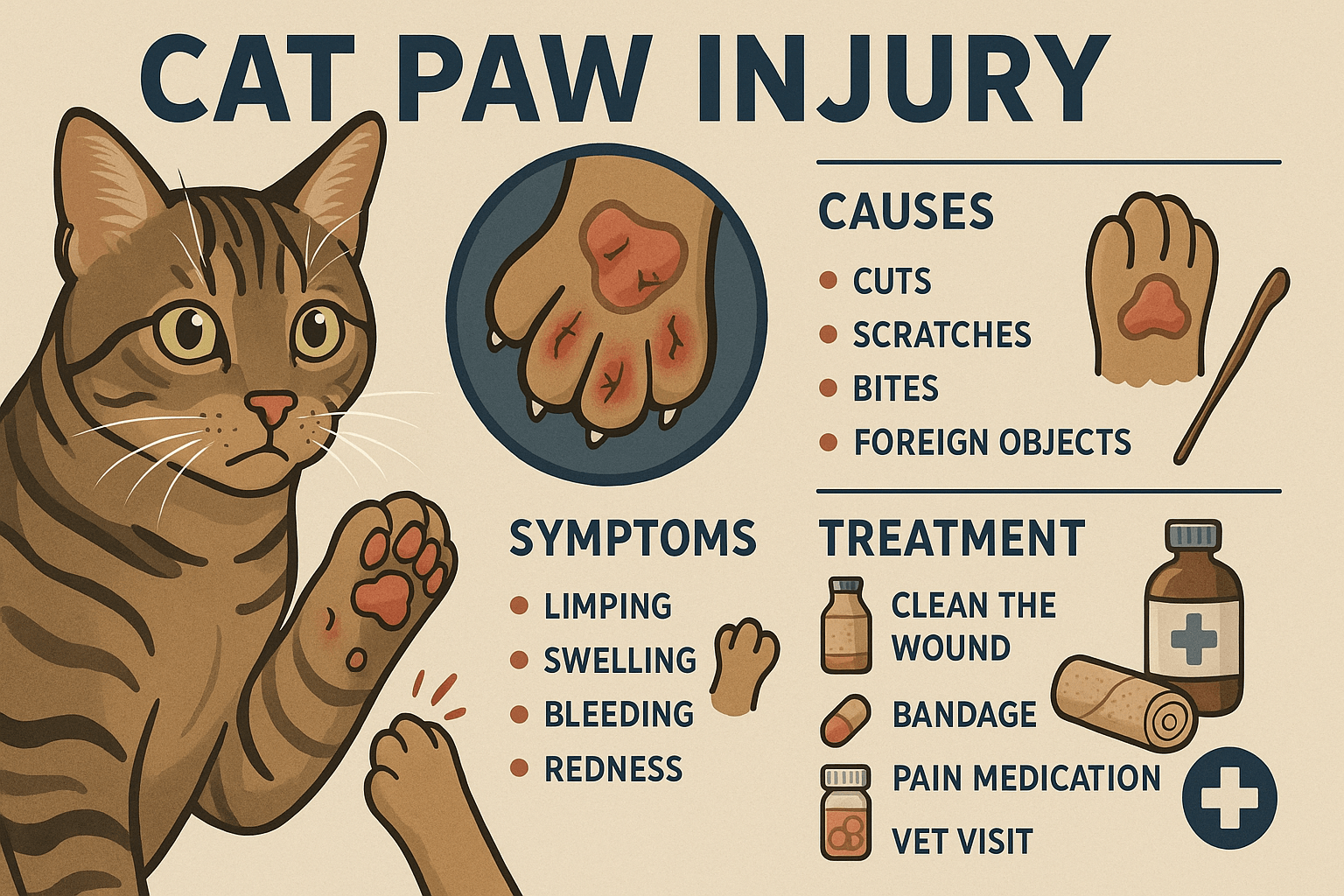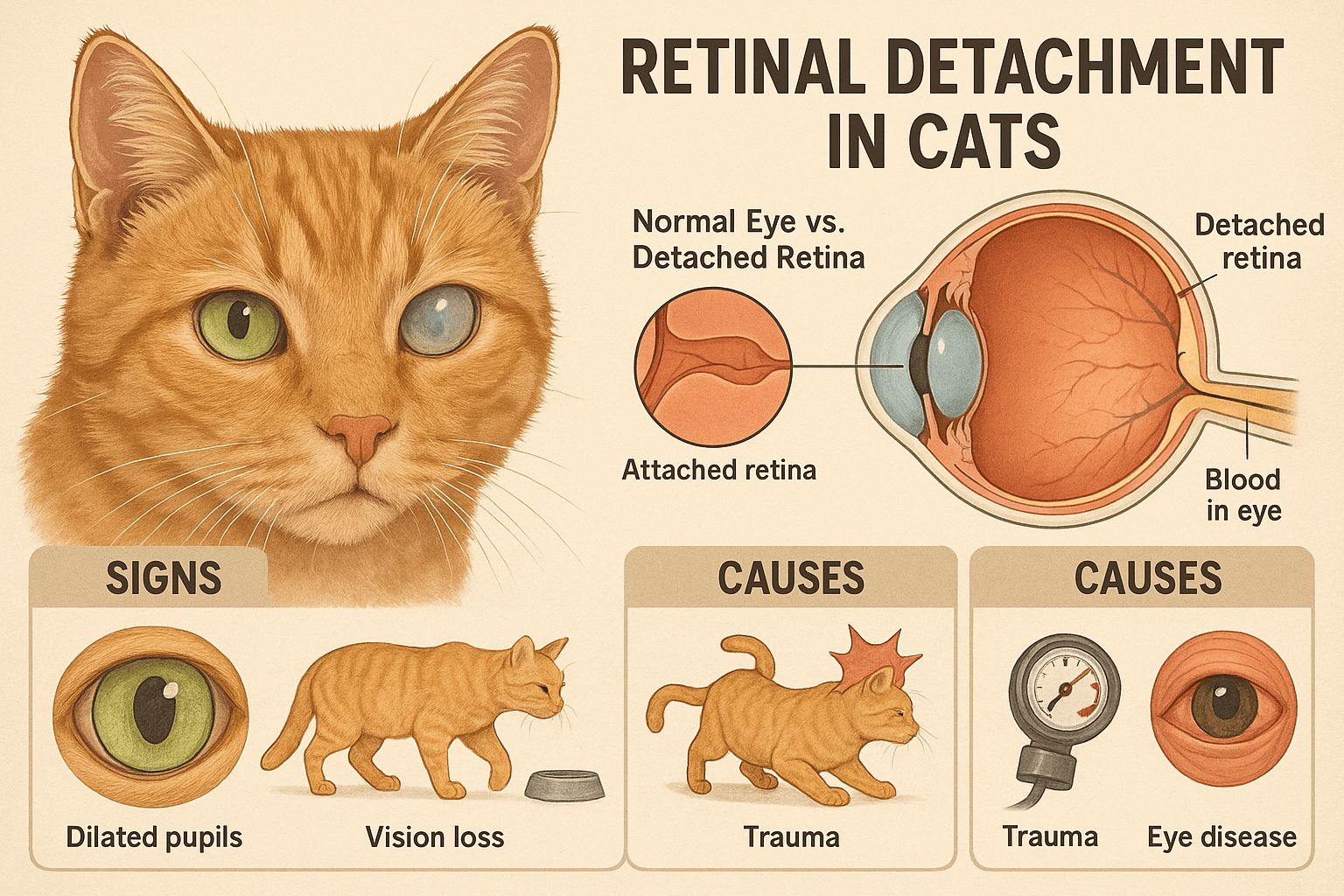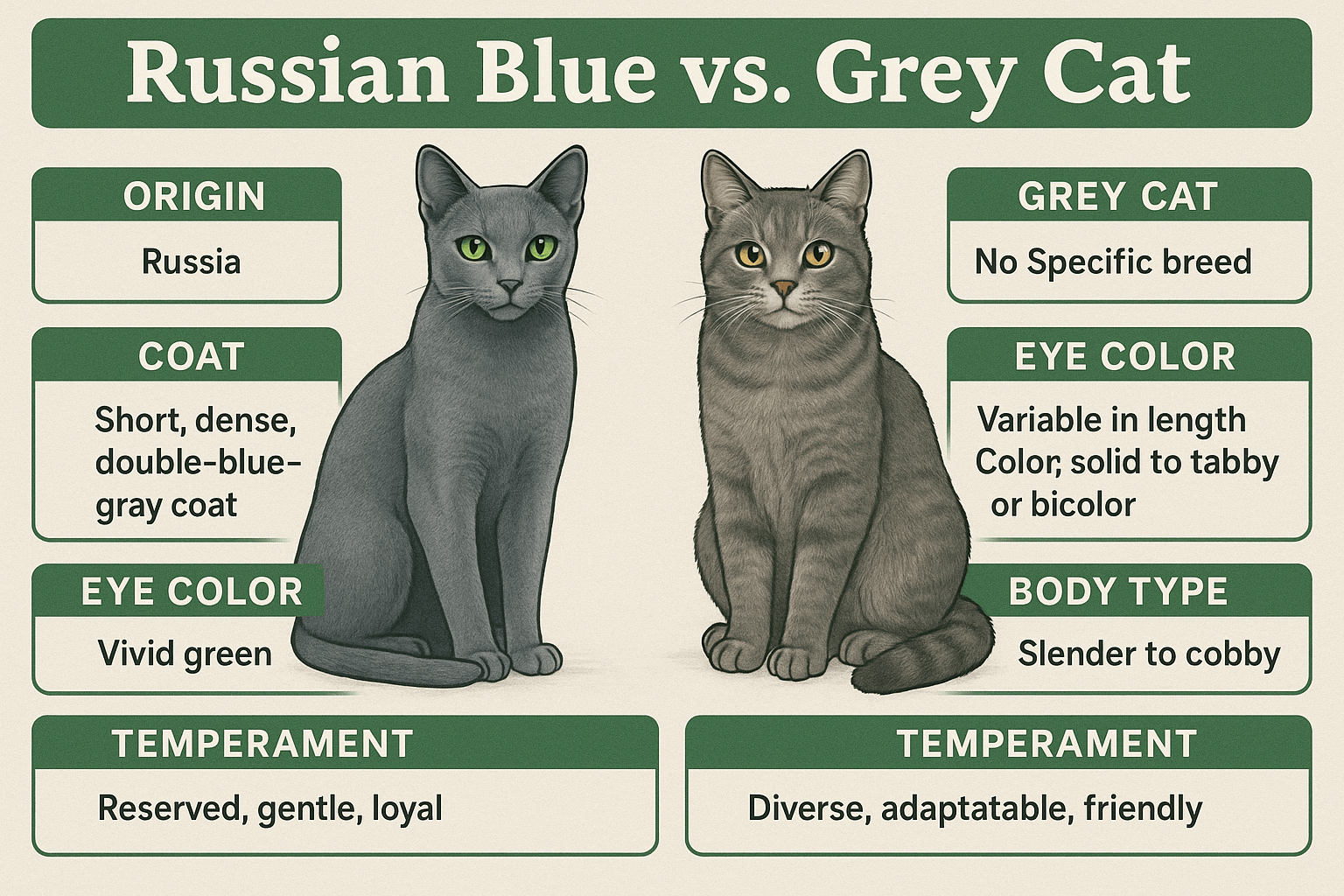Cat UTI Treatment: What Every Cat Owner Needs to Know
Urinary tract infections (UTIs) in cats are more common than many pet owners realize, yet they often go undiagnosed until symptoms become severe. While UTIs can cause discomfort and distress for your feline friend, early detection and proper treatment can make all the difference. Understanding the signs, causes, and treatment options for cat UTIs is essential for ensuring your pet’s health and happiness. In this guide, we’ll explore everything you need to know about managing and treating UTIs in cats, from recognizing symptoms to implementing preventive measures. Let’s dive into how you can help your furry companion feel their best again.
Expert Insight: Understanding Feline Urinary Problem Treatments
“The treatment for feline urinary problems will depend on the underlying cause. If an infection is present, your cat will need antibiotics, and in most cases, anti-inflammatories will be given to alleviate your cat’s pain and discomfort. If there are stones or crystals present in the urine, specific medications and prescription diets are often needed to dissolve the crystals, and surgery may be required to remove any larger stones.”
Signs Your Cat May Have a UTI
Recognizing the symptoms of a urinary tract infection is the first step toward getting your cat the care they need. Cats are masters at hiding illness, so it’s important to stay vigilant for subtle changes in behavior or habits.
Frequent Urination Attempts:
If your cat is visiting the litter box more often but producing little to no urine, it could indicate a UTI or another urinary issue.Straining or Crying During Urination:
Vocalizing pain while using the litter box is a clear sign that something may be wrong.Blood in the Urine:
Discolored or bloody urine is a red flag for a potential infection or bladder issue.Licking Genital Area Excessively:
Over-grooming around the urinary opening can signal irritation or discomfort caused by an infection.Accidents Outside the Litter Box:
Sudden changes in bathroom habits, such as urinating outside the litter box, may point to a UTI.
If you notice any of these signs, it’s crucial to consult your veterinarian promptly to rule out or confirm a urinary tract infection.

Common Causes of UTIs in Cats
Understanding what leads to urinary tract infections in cats can help you take proactive steps to prevent them. Several factors contribute to the development of UTIs, ranging from environmental stressors to underlying health conditions.
Bacterial Infections:
Bacteria entering the urinary tract is one of the most common causes of UTIs in cats.Dehydration:
Insufficient water intake can lead to concentrated urine, increasing the risk of infection.Poor Diet:
Diets high in certain minerals or low in moisture can predispose cats to urinary issues.Stress or Anxiety:
Changes in routine or environment can weaken a cat’s immune system, making them more susceptible to infections.Underlying Medical Conditions:
Conditions like diabetes or kidney disease can increase the likelihood of developing a UTI.
By addressing these potential causes, you can reduce the chances of your cat suffering from a urinary tract infection.
Check this guide 👉Why Is My Cat Urinating Large Amounts? Best 7 Expert Tips!
Check this guide 👉Understanding Kidney Stones in Cat Urine: Best 7 Tips!
Check this guide 👉Understanding Alkalinity in Cat Urine: Best 7 Expert Tips!
Preventive Measures for Cat UTIs | Treatment Options for Cat UTIs |
|---|---|
Provide fresh water daily | Antibiotics prescribed by a vet |
Feed a balanced, wet-food diet | Pain relief medications |
Reduce household stress | Increased hydration through subcutaneous fluids |
Encourage regular exercise | Dietary adjustments |
Schedule routine vet check-ups | Surgery (in severe cases like blockages) |
How to Support Your Cat During Recovery
Once your cat has been diagnosed with a UTI, there are several ways you can support their recovery and ensure their comfort during treatment.
Administer Medications as Directed:
Follow your vet’s instructions carefully when giving antibiotics or other medications to avoid complications.Monitor Water Intake:
Encourage your cat to drink more water by placing multiple bowls around the house or using a cat water fountain.Offer Comfortable Resting Spaces:
Create a quiet, cozy area where your cat can rest without feeling stressed or disturbed.Limit Stressful Situations:
Avoid introducing new pets or making significant changes to your home environment while your cat recovers.Observe Behavioral Changes:
Keep an eye on your cat’s progress and report any worsening symptoms to your vet immediately.
By providing attentive care and creating a supportive environment, you can help your cat heal faster and regain their energy.
When to Seek Immediate Veterinary Care
While some urinary issues can wait for a scheduled appointment, others require urgent attention to prevent life-threatening complications. Knowing when to act quickly can save your cat’s life.
Complete Blockage of the Urethra:
Male cats are particularly prone to urinary blockages, which can be fatal if not treated immediately.Inability to Urinate:
If your cat hasn’t urinated in over 24 hours, seek emergency care right away.Severe Pain or Distress:
Signs of extreme discomfort, such as constant crying or hiding, warrant immediate veterinary intervention.Swollen Abdomen:
A distended belly accompanied by lethargy may indicate a serious urinary issue.Loss of Appetite or Vomiting:
These symptoms often accompany severe urinary problems and should never be ignored.
Acting swiftly in these situations ensures your cat receives the critical care they need to survive and recover.
Tips for Increasing Your Cat’s Hydration
Proper hydration plays a vital role in preventing UTIs and maintaining overall urinary health. Here are some effective strategies to encourage your cat to drink more water.
Use a Cat Water Fountain:
Many cats prefer running water, and a fountain can entice them to drink more frequently.Place Water Bowls Strategically:
Position water bowls away from food dishes to mimic natural drinking behaviors.Add Water to Wet Food:
Mixing a small amount of water into canned food boosts moisture intake effortlessly.Experiment with Bowl Materials:
Some cats dislike plastic bowls; try stainless steel or ceramic alternatives instead.Flavor the Water Lightly:
Adding a splash of tuna juice or low-sodium broth can make water more appealing.
Encouraging better hydration reduces the risk of UTIs and supports your cat’s overall well-being.
Foods to Avoid for Cats Prone to UTIs
Certain foods can exacerbate urinary issues in cats, making it essential to avoid ingredients that irritate the bladder.
Dry Kibble High in Carbohydrates:
Low-moisture kibble can contribute to dehydration and concentrated urine.Excessive Sodium:
High sodium levels can strain the kidneys and worsen urinary problems.Artificial Additives:
Preservatives and dyes found in some commercial foods may irritate sensitive bladders.Mineral-Rich Ingredients:
Foods high in magnesium, phosphorus, or calcium can increase the risk of crystal formation.Human Snacks or Table Scraps:
Feeding human food can upset your cat’s digestive system and negatively impact urinary health.
Choosing bladder-friendly foods helps minimize the risk of UTIs and keeps your cat thriving.
How to Recognize Chronic UTIs in Cats
Some cats experience recurring UTIs, signaling the need for ongoing management and specialized care. Identifying chronic urinary issues allows for timely intervention and improved quality of life.
Persistent Symptoms Despite Treatment:
If symptoms return shortly after completing antibiotics, it may indicate a chronic condition.Frequent Vet Visits for UTI-Related Issues:
Multiple UTI diagnoses within a short period suggest a deeper problem requiring investigation.Formation of Bladder Stones:
Recurring UTIs can sometimes result from stones irritating the bladder lining.Behavioral Changes Over Time:
Long-term patterns of litter box avoidance or excessive grooming may point to chronic discomfort.Underlying Health Conditions:
Diseases like diabetes or hyperthyroidism can predispose cats to recurrent UTIs.
Addressing chronic UTIs involves working closely with your vet to identify root causes and implement tailored solutions.
Frequently Asked Questions About Cat UTIs
Can cats recover from UTIs on their own?
Mild cases may resolve independently, but untreated UTIs can worsen and lead to complications. Always consult a vet for proper diagnosis.
Are male cats more prone to UTIs?
Yes, male cats are at higher risk for urinary blockages due to their narrower urethras.
What foods help prevent UTIs in cats?
Wet foods and specially formulated urinary diets can promote bladder health and reduce the risk of infection.
How long does UTI treatment take?
Most treatments last 7-14 days, depending on the severity of the infection and response to medication.
Can stress cause UTIs in cats?
Yes, stress can weaken a cat’s immune system and contribute to urinary issues, including UTIs.
Prioritizing Your Cat’s Urinary Health
Treating and preventing urinary tract infections in cats requires vigilance, compassion, and collaboration with your veterinarian. By understanding the signs, causes, and treatment options for UTIs, you can ensure your feline friend stays healthy and happy. Remember, early intervention is key to avoiding complications, and even small changes—like improving hydration or reducing stress—can make a big difference. With the right care and attention, you can help your cat overcome a UTI and enjoy a lifetime of wellness.
What Causes Cat Constipation? Best 7 Expert Tips! Discover common causes, symptoms, and solutions for cat constipation to keep your feline healthy and comfortable.
Cat Paw Injury: Best 7 Expert Tips! Discover essential advice on identifying, treating, and preventing cat paw injuries to keep your feline friend healthy and happy.
Retinal Detachment in Cats: Best 7 Expert Tips! Learn to identify symptoms, understand causes, and explore treatment options to protect your cat’s vision effectively.
Russian Blue vs Grey Cat: Best 7 Expert Tips! Discover key differences, unique traits, and expert advice to help you choose between a Russian Blue and a generic grey cat for your perfect feline companion.





